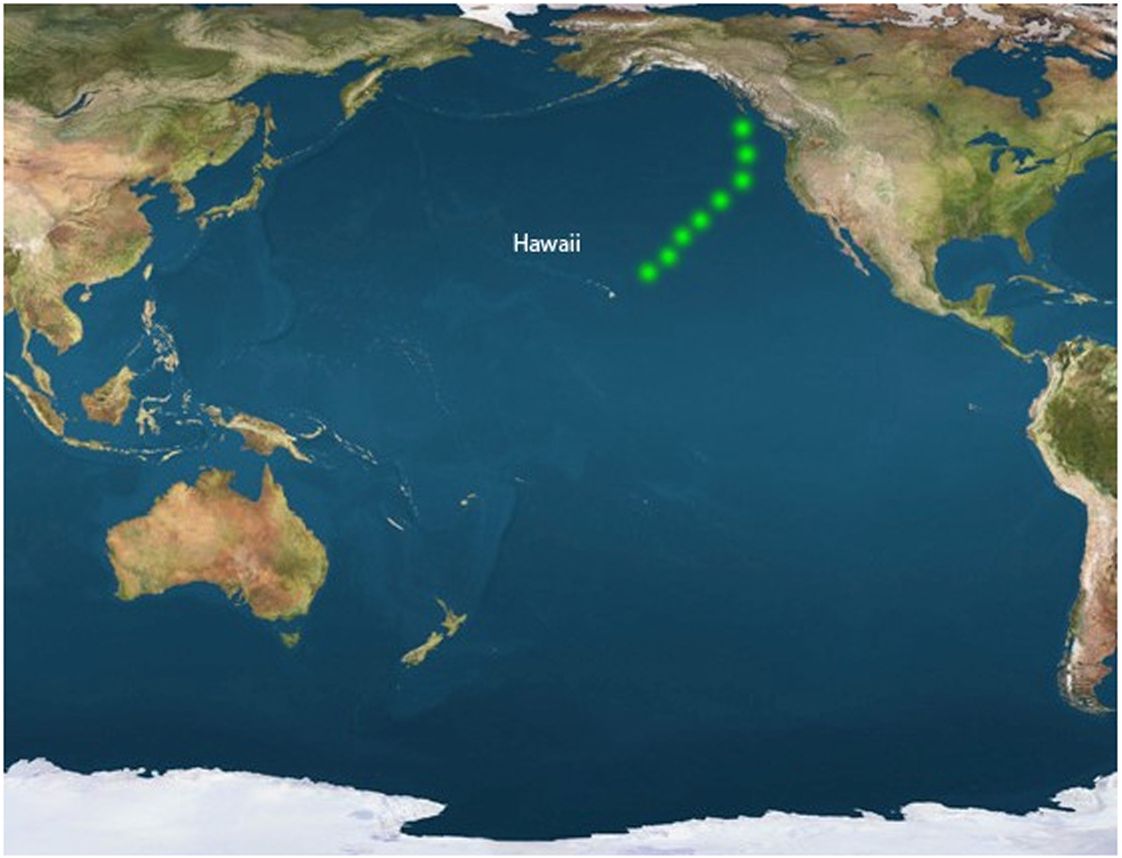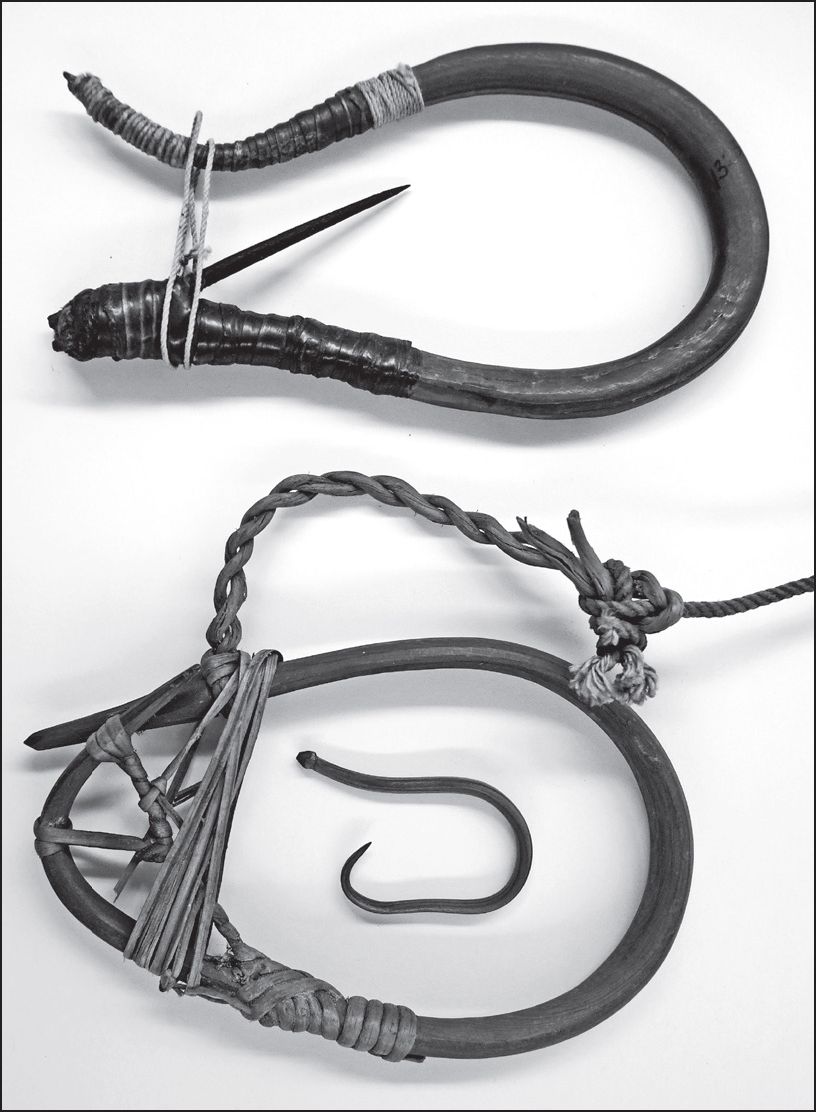
July 22, 2019. By Grant Keddie. Introduction The Haida were among the many Indigenous northern visitors to Victoria after 1853. Many came to work to get trade goods or wages to purchase European commodities. The Haida visitors brought carvings they made on Haida Gwaii. Many of these were made of argillite, a stone unique to Haida Gwaii (see appendix 1, What is Argillite). Argillite was used primarily after 1810, there are only a few examples of argillite being used for labrets in ancient times (Keddie 1981). Argillite plates, platters, mugs, goblets, knives and forks became popular as the Haida copied the European-style tableware used by the settlers. The citizens of Fort Victoria enthusiastically purchased these. On July 21, 1859 the … Continue reading “Haida Argillite Carvers in Victoria”


